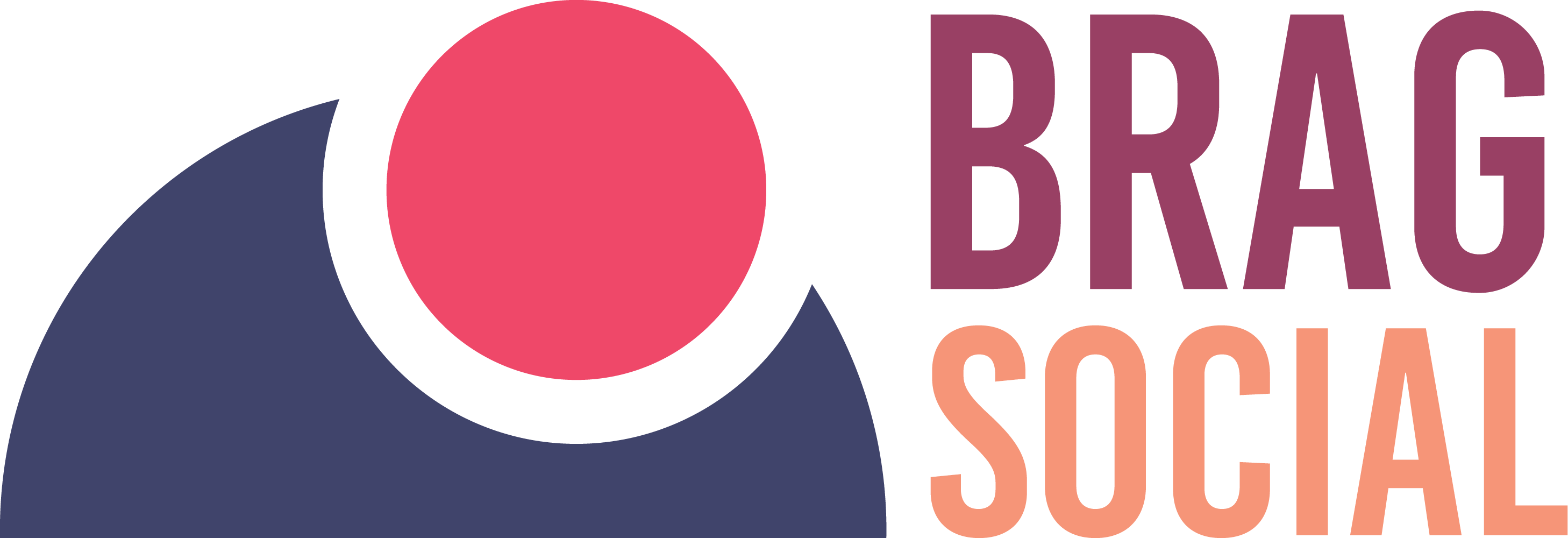
Gender is an important part of one’s identity in the world. We know the gender as someone’s masculinity or femininity. But in reality what is gender? We cannot define gender in just a line or a paragraph. Non-binary people do not fit into the “definition” of gender. Therefore they are a victim of discrimination. From gender, it paves the way for gender inequality. Gender inequality is a common problem in every country across the world. Gender inequality is discrimination based on gender. It is when an individual is “unworthy” to do things because of their gender. People around the world are trying very hard to achieve gender equality. Even the United Nations’ one of the SDGs is working for gender equality. UN organizations UNICEF and International Labour Organizations are constantly working on this.
History

Source: Image by Gordon Johnson from Pixabay
Gender equality is a topic of struggle throughout history. People, especially women, are subject to gender inequality for ages. Women are always considered to be the weak gender. They are supposed to be in the four boundaries of the house and take care of it. They were not allowed to go out and work. Men were the breadwinner of the family. Women were to produce children and take care of them. It was until World War I, women realized their capabilities.
World War I was the time men were on the Warfield, many lost their lives leaving their families behind. Therefore, the women had to manage their house and feed their children. So, they took the charge of a breadwinner. When they got the chance to get out of the boundaries of their house they found that the work, men do is not extraordinary. Also, they are not weak to do that work. Thus, began the revolution in human history.
Women realized how unfair the world has been to them. They realized the inequality they have been facing for ages. Therefore, women began to work in every sector. There were many movements for gender equality and feminism. The Suffrage Movement in the 19th century gained prominence. It was the movement for women’s right to hold elections and vote. Also, the right property came into existence. Women’s right to property especially after marriage is an important topic of gender equality since then.
Convention for Gender Equality
There have been significant changes in the post-war era. For the protection of women’s rights, many laws were introduced and brought into action. The UN introduced many conventions against gender equality. Women did not even have the right to education. Therefore, in 1960, the UN adopted the Convention Against Discrimination in Education. 1962 and 1968 were the enforcement years for this convention.
Also, the United Nations General Assembly adopted the Convention on the Elimination of All Forms of Discrimination against Women (CEDAW) was in 1979 and it came into force on 3 September 1981. Moreover, it has been described as an international bill of rights for women. UN adopted many other conventions. The issues covered under these are violence, discrimination, health, human rights, and many more.
International Labour Organization (ILO)

Source: Image by Miguel Á. Padriñán from Pixabay
The International Labour Organization or the ILO is an origination of the UN. ILO aims to promote social and economic justice. It aims to ensure accessible, productive, and sustainable work worldwide with conditions of freedom, equity, security, and dignity. The ILO is the first and therefore the oldest organization of the UN. Founded in 1919 in the League of Nations, today it has 187 member states. ILO has its headquarters in Geneva, Switzerland. The objectives of ILO are to promote fundamental standards for the right to work, create opportunities for men and women for decent employment and income, enhance social dialogue and effective social protection for all.
ILO and Gender Equality
ILO and gender equality go hand in hand. IT works with the Bureau of Gender Equality for the same. ILO along with Bureau of Gender Equality has aimed to provide equal opportunities at the workplace for both men and women. Moreover, inequality at the workplace is a common problem around the world. The promotion of gender equality is reflected in the ILO programme and budgets for which the entire organization shares responsibility. Therefore organizations such as ILO are very much required.
The mandate and vision of the organization is to promote decent work for all workers, regardless of where they work. For the millions of workers and employers, especially for young people in the informal economy worldwide, Decent Work remains an elusive goal. The ILO’s mandate on gender equality is to promote equality between all women and men in the world of work. There are four key equality Conventions. These are the Discrimination (Employment and Occupation) Convention, 1958, Equal Remuneration Convention, 1951, Workers with Family Responsibilities Convention, 1981 and the Maternity Protection Convention, 2000 . Also The mandate is the highest level policy-making organ of the ILO by Resolutions of the International Labour Conference in 1975, 1985, 1991 and the June 2004 Resolution on Gender Equality, Pay Equity and Maternity Protection.
Achieving gender equality is not just for women but for everyone. As there are so many places where men, women, non-binary people face discrimination and inequality. The right credit or income is not provided for the work they do. Therefore, having gender equality is essential in this world. As Gloria Steinem rightly said, “a gender-equal society would be one where the word ‘gender’ does not exist: where everyone can be themselves”, our aim should be able to achieve the same.
For more articles, check out our page.





